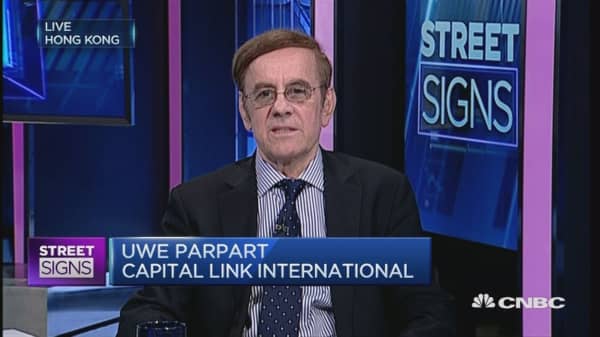More than 70 countries and international organizations are taking part in China's Belt and Road (B&R) investment projects, formally known as the Silk Road Economic Belt, connecting China with Europe through Central and Western Asia by inland routes, and the 21st-Century Maritime Silk Road from China to Europe via sea routes through Asia and Africa.
These modern replicas of ancient trading trails are linking up more than half of humanity and account for nearly half of the global output of goods and services.
They are also big business for China. Last year, China's direct investments in 49 countries on the B&R corridors rose 18.2 percent to $14.8 billion, and the total value of business contracts amounted to $92.6 billion. All that was overshadowed by more than $1 trillion of China's trade transactions (representing about 25 percent of the country's total foreign trade in 2015) along the revived old silk roads.
Just warming up
But that's only the beginning, according to China's President Xi Jinping. In a speech at the Uzbekistan's Parliament on June 22, 2016, he announced that big B&R projects have been finalized and will be coming on stream in the months and years ahead.
That is how much this trade and investment program has become part of the Chinese economy, by offering outlets for a broad range of China's manufacturing and service industries. Indeed, this program is helping to maintain a high level of growth, while Beijing seeks to raise and modernize China's productive potential, and to build the essential welfare services of what the Chinese now call a "moderately prosperous society."







